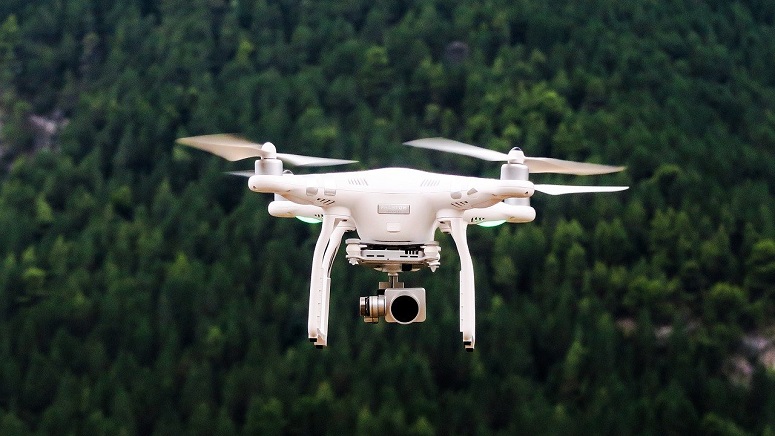PORTLAND, Maine (AP) — The National Oceanic and Atmospheric Administration is using remote video cameras, and hopes to step up those efforts, to make sure lobster trap lines are in compliance with federal rules.
The video cameras can alert inspectors whether lobstermen are complying with requirements to insert weak links into their traplines, to help whales break through the rope, and to use rope that sinks to the bottom. If there’s a violation, then the trap is raised to the surface for a visual inspection.
“We did have some success. We identified gear with floating ground lines, missing trap-tags and unmarked surface gear,” Michael Henry, a top fisheries enforcement officer for the National Oceanic and Atmospheric Administration here in the Northeast, told Maine Public.
The agency is hiring a contractor to deploy the vehicles in the fisheries that lie farthest from shore more often, and may buy smaller versions for use by federal patrols closer to shore, Henry said.
Lobster industry advocates are skeptical about the efforts.
“I don’t know why NOAA is investing in that and not actually having the same sort of enforcement across all segments of the fleet,” said Patrice McCarron, executive director of the Maine Lobstermen’s Association.
A proposal by Gov. Janet Mills could help. She wants to use $3.3 million from federal recovery money for equipment including a large vessel to routinely handle the challenges of at-sea inspections.
(Copyright (c) 2024 The Associated Press. All Rights Reserved. This material may not be published, broadcast, rewritten, or redistributed.)

